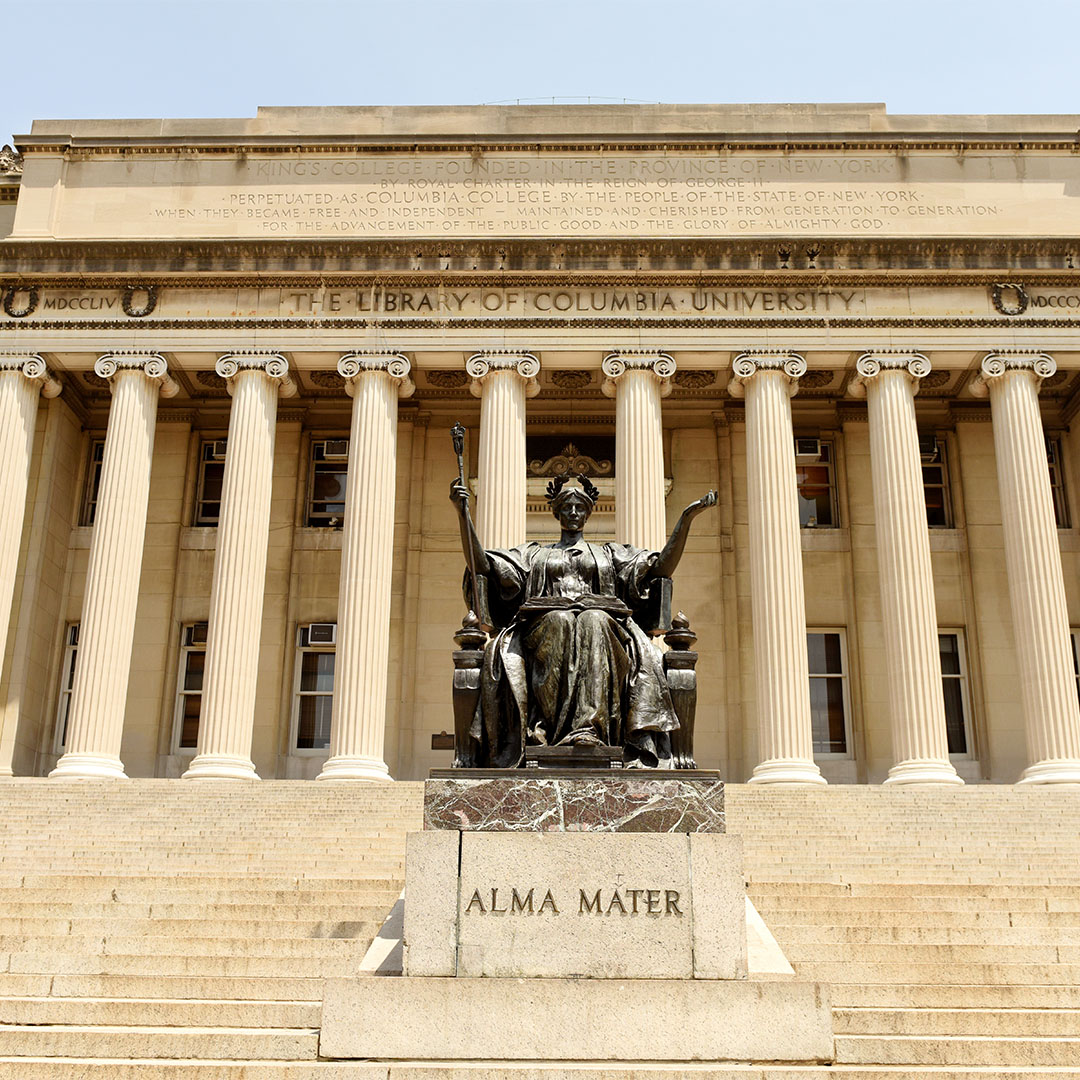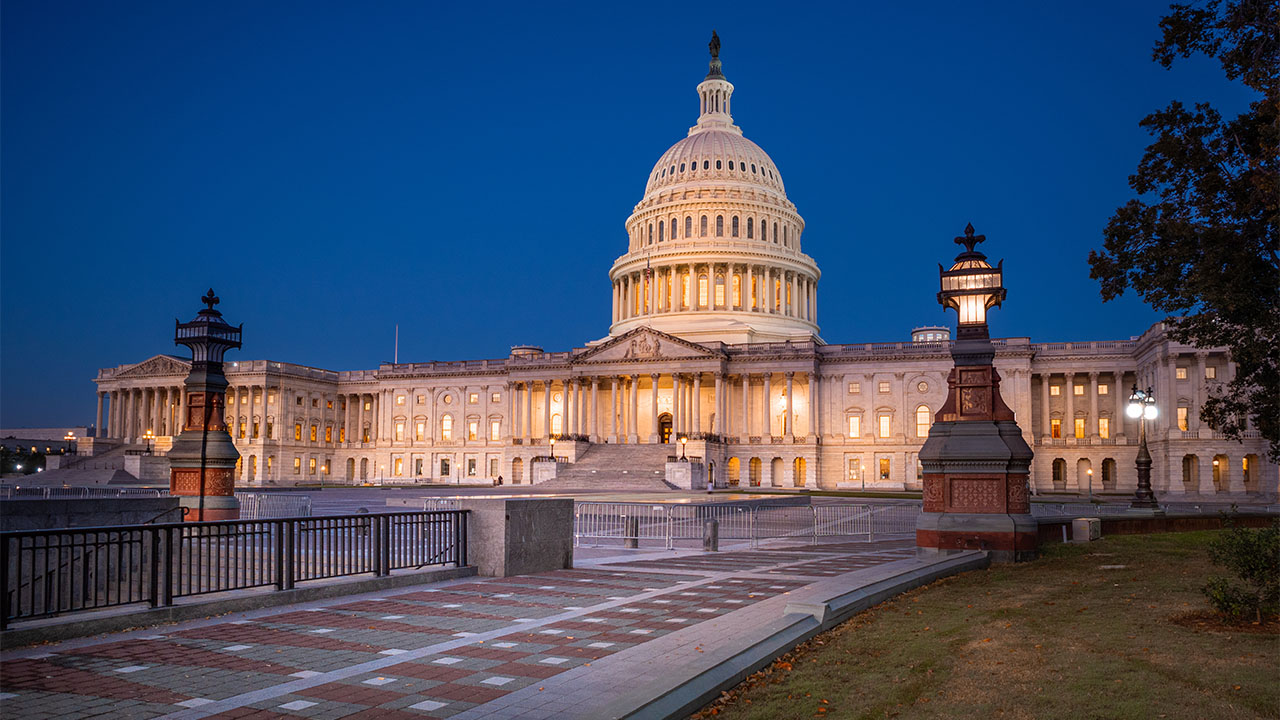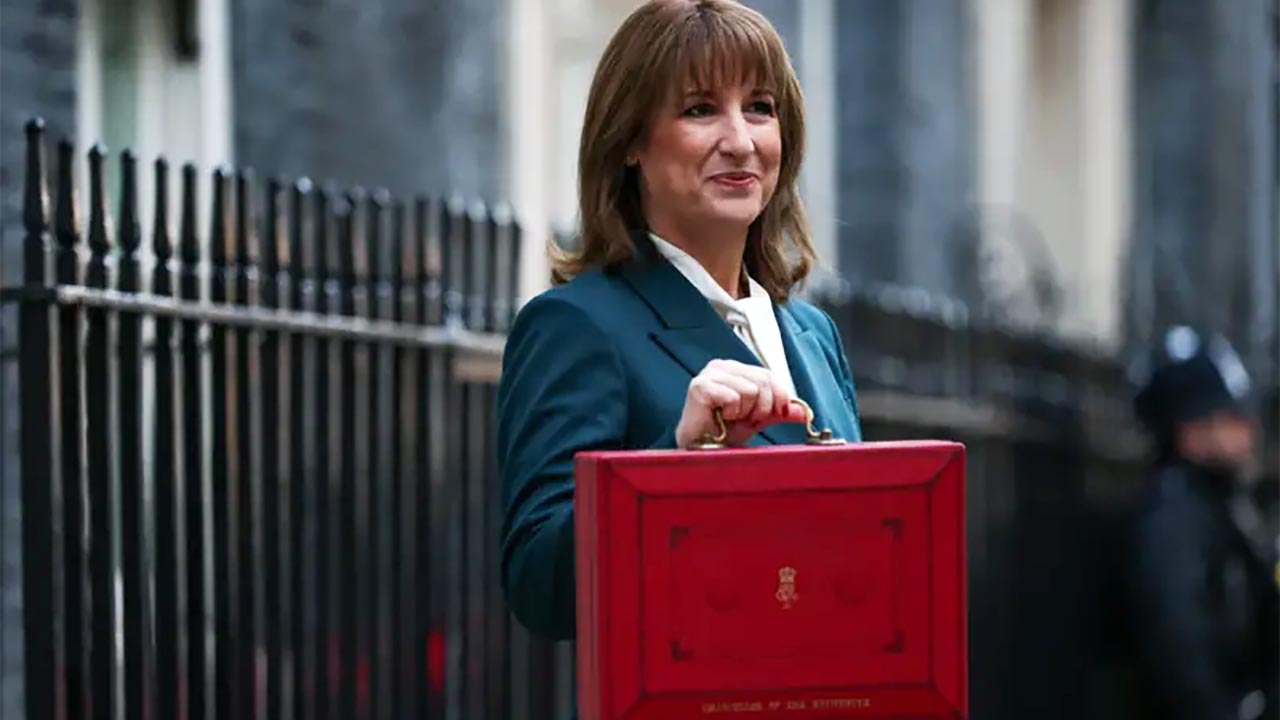Whatever the cost of an education, the price is cheap compared to that of an ignorant nation.
Like millions of other families across America, acceptance letters from universities are dropping into daughter #2’s inbox.
University opens the mind and provides unlimited new opportunities, but it all comes at one heck of a cost.
The American university system is a mix of public and private institutions, many of which are for-profit operations. The shiniest beacons of learning charge upwards of $50,000 per year for tuition, and with US degrees lasting 4 years, plus living and accommodation costs to be factored in, that is lot of debt to be saddled with on your first day as graduate.
The highest cost amongst the top 100 universities for this coming academic year is Columbia University in New York City, where a year’s under-graduate tuition will set you back a staggering $63,000.
The system has additional quirks too.
In-state tuition – picking a university in the state where you graduated high school – usually comes at a discount, but sometimes not so that you would notice. New Jersey residents gifted enough to secure a place at Princeton University will only get a couple of thousand dollars discount. California residents fair better, they get half price tuition compared to their out of state classmates.
So different states and administrations express their support for education in different ways.
In Florida, the state legislature has created Bright Futures, a pretty compelling program to support in-state tuition, funded by the lottery.
Something like 50% of the money raised by the sale of lottery tickets goes towards funding the education program, the rest is available as prize money – this week’s draw will land some lucky jackpot ticket holder 250 million bucks – so if you pick the lucky six numbers the cost of college is a mere incidental expense!
The motivation for such a generous scheme seems to be two-fold.
First, the state recognises that spiralling university tuition costs is putting a graduate level education and the anticipated upward mobility it brings out of reach of too many of its residents. With many workers in lower paid, season and hospitality employment anything which lightens the burden for their smart kids is to be welcomed.
Secondly, Florida also knows that it is currently experiencing an economic boom and needs the workforce to support that. Over the past decade or so, businesses from New York, California and the Washington DC area have been moving south at an ever-increasing rate.
While Wall Street is forever rooted in the Big Apple, more stock and bond financial transactions are settled in Florida than New York, as banks, institutions and brokerages recognise the enormous rent, wage and tax savings available for putting their back-office teams in the Sunshine State.
Jacksonville, Tampa and Miami are three of the fastest growing metropolitan areas in the entire United States and the Florida legislator would, understandably, prefer to see well qualified Florida residents get a good crack at those higher paying jobs before transplants from Dallas, Los Angeles or Newark.
So, by heavily discounting the cost of tuition in Florida, state leaders hope to retain more of its brightest young people and refresh and improve its talent pool to keep attracting more business. Smart thinking.
Bright Futures offers local high school students who secure a good GPA, a reasonable SAT or ACT test score, and perform 100 hours of documented public service a 75% scholarship valid at any of the universities or colleges in the state.
That can be a nationally top ranked institution like University of Florida, highly acclaimed Florida State University, or any one of the regional or specialist schools in nearly every community. Flagler Art School is there for those with a creative bent, Florida Agricultural and Mechanical for those seeking something more ‘hands-on’, or Embry Riddle Aeronautical University for those who see themselves flying high.
But of course, this being a politically enabled grant, there are those who want to fiddle with it.
Last year, the Florida Senate voted to restrict who was eligible for Bright Futures, not on their residency status or academic achievements, but by which field of study they would pursue.
Liberal Arts, Communications, Creative Arts will all in the future be restricted or harder to secure funding for, as the Senate wants to push more cash at those choosing STEM subjects, Science, Technology, Engineering and Mathematics.
There was of course a backlash, and with 2022 being a significant election year, any changes were put on the back burner so as not to infuriate parents relying on the awards for their progeny to go to college.
And not to be outdone, Federal Government is looking at changes to try and lighten the debt burden on graduating students.
When the COVID virus was at its worst, Government paused the Student Loan Repayments program. That meant graduates who were perhaps struggling to find work, secure full-time employment or had suffered a salary reduction could hold off on paying back the principal and interest on their loans, which are all held at a Federal level.
That forgiveness was due to expire on May 1st but this week President Biden extended it to August 31st.
The administration is saying it wants to “ensure a smooth transition back to loan repayment” while Republicans are calling for an immediate recommencement.
Other more progressive voices are calling for a more wide-reaching overhaul of the system. The Biden administration has already enacted a program called Public Service Loan Forgiveness which has written off more than $6billion in student loans to those who have gone into public service work, like firefighters, nurses and teachers. The argument is that program should be extended to include more of the people who collectively owe the nation $1.7trillion and growing.
The President, despite the urging of the Left in his own party, has remained silent on forgiving debt totally, though he did campaign in the 2020 Election on the promise of a $10,000 forgiveness for every student carrying a federal loan. I imagine the details of that roll out will be announced closer to an election as an enticement to ‘the stretched middle’ who tend to decide the outcome of elections. But Republicans are already trying to stir up resentment amongst rust belt, blue-collar and non-graduate employees as a way of nulling the President’s vote winning hand out.
For us, we will wait and see how the state and federal agencies assess our grants and loans applications. Daughter #2 has her heart set on accepting the place she has been offered at New York City’s Fashion Institute of Technology to launch her career in design and fashion marketing.
Me? I’m buying a few extra lottery tickets this week.













